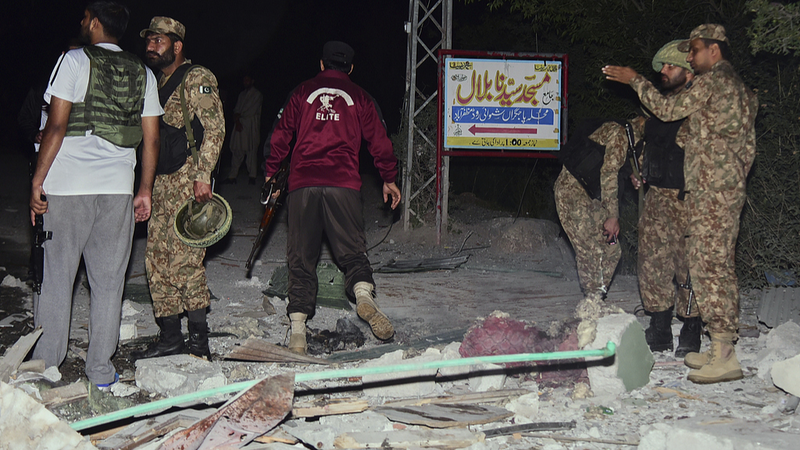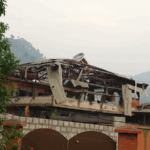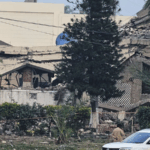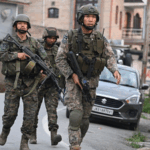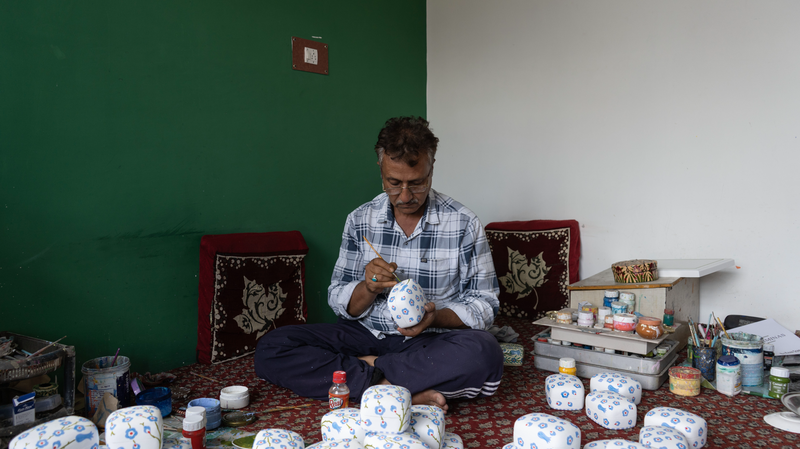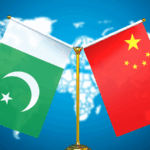Two weeks after a deadly attack on tourists in the Indian-controlled Kashmir, military tensions between India and Pakistan have surged with cross-border air strikes and heated rhetoric. Here’s an easy-to-follow breakdown of what’s happening and why it matters globally.
Behind the Strikes: What Sparked the Conflict?
India launched "Operation Sindoor" early Wednesday, targeting what it called "terrorist infrastructure" in nine locations in Pakistan. The operation was named in honor of women whose husbands were killed in a recent attack in the Pahalgam area. While no group has claimed responsibility, India alleges Pakistan-based militants were involved — a claim Pakistan denies.
Pakistan’s Response: Civilians Caught in Crossfire
Pakistan reported eight civilian deaths, including a child, and 35 injuries from India’s strikes. President Asif Zardari vowed retaliation, and Defense Minister Khawaja Asif claimed five Indian fighter jets were shot down. Both sides are now locked in escalating tit-for-tat exchanges, raising fears of a wider conflict.
Global Alarm: Calls for Restraint
The UN, China, and the U.S. urged de-escalation. UN chief Antonio Guterres warned, "The world cannot afford a military confrontation." China emphasized diplomatic solutions, while U.S. President Donald Trump called the situation "a shame" and urged swift resolution.
Experts’ Take: A Dangerous Moment
Analysts like Sourabh Gupta highlight the risks of nuclear-armed neighbors clashing, recalling past crises like the 2019 Pulwama attack. Victor Gao of Soochow University stressed: "Diplomacy needs to kick in now. The timing couldn’t be worse." As tensions simmer, the international community watches closely for signs of peaceful resolution — or further escalation.
Reference(s):
cgtn.com
